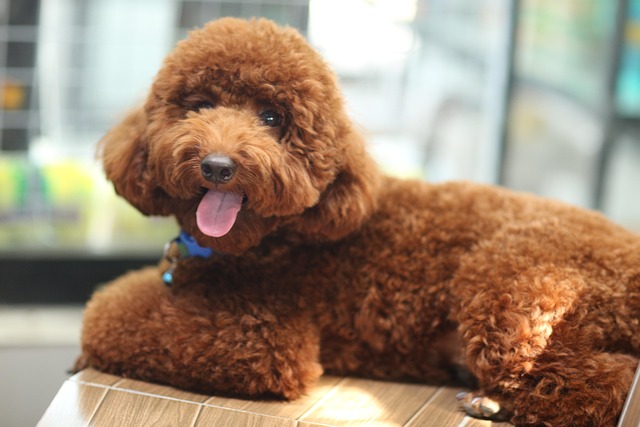
How do you treat respiratory problems in dogs?
Watching your dog struggle to breathe—whether it’s rapid panting, wheezing, or gasping—can be terrifying for any pet parent.
When our beloved dog curls up in the corner, with the vomit and loose stools being a shocking sight, every owner's heart will clench with worry. Dogs can't express their discomfort with words, and every decision we make may be the key to influencing their health. Facing the two common digestive system symptoms of vomiting and diarrhea, the question of "whether I can give my dog water" is like a compass in the fog, both important and full of controversy.
The reasons for a dog's vomiting and diarrhea are complex. From accidentally ingesting foreign objects and food allergies to intestinal parasite infections, viral attacks, and even serious diseases of organs such as the liver and kidneys, all these can trigger these symptoms. When such situations occur, a dog's body will rapidly lose a large amount of water and electrolytes due to frequent vomiting and diarrhea, and the risk of dehydration follows. Dehydration not only makes the dog listless and causes the skin to lose its elasticity but also increases the burden on the internal organs. In severe cases, it can even be life-threatening. In such a situation, water, which is a necessity for maintaining life in daily life, puts the owner in a dilemma.
From a physiological perspective, water is the foundation for maintaining life activities. A dog's body needs water to participate in metabolism, regulate body temperature, and transport nutrients. However, when vomiting and diarrhea occur, the gastrointestinal tract is in an extremely sensitive and disordered state. Giving a large amount of water rashly at this time may irritate the gastrointestinal tract, trigger vomiting again, and further exacerbate dehydration and electrolyte imbalance. It's like forcefully rowing on a turbulent lake, which will only stir up bigger waves. But if water is completely withheld, the dehydration condition will continue to deteriorate, also pushing the dog to the edge of danger.
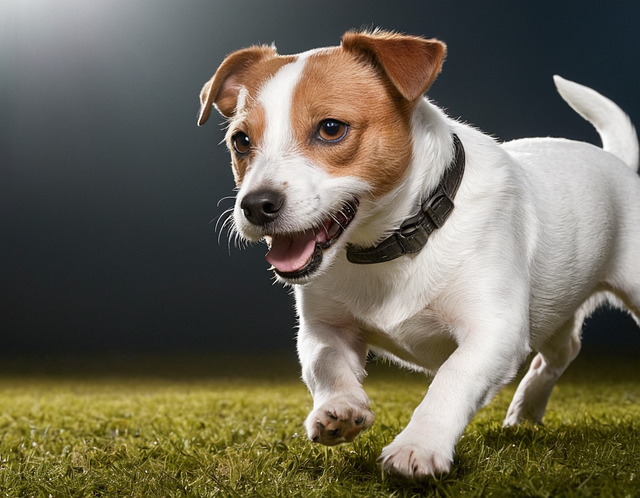 The correct approach requires the owner to strike a balance through close observation. After a dog experiences vomiting and diarrhea, the first thing to do is to temporarily fast and withhold water for 2 to 4 hours, allowing the spasming gastrointestinal tract to have a short rest. This process is torturous for the owner. Seeing the dog in a weak state but not being able to give it water immediately, the owner is filled with guilt and heartache. But this short wait is to create better conditions for subsequent rehydration. After the fasting and water-withholding period ends, you can try to provide the dog with a small amount of warm water, giving 5 to 10 milliliters each time and feeding it every 15 to 20 minutes. It's like moistening the parched land with gentle drizzle, allowing the gastrointestinal tract to gradually adapt to the intake of water.
The correct approach requires the owner to strike a balance through close observation. After a dog experiences vomiting and diarrhea, the first thing to do is to temporarily fast and withhold water for 2 to 4 hours, allowing the spasming gastrointestinal tract to have a short rest. This process is torturous for the owner. Seeing the dog in a weak state but not being able to give it water immediately, the owner is filled with guilt and heartache. But this short wait is to create better conditions for subsequent rehydration. After the fasting and water-withholding period ends, you can try to provide the dog with a small amount of warm water, giving 5 to 10 milliliters each time and feeding it every 15 to 20 minutes. It's like moistening the parched land with gentle drizzle, allowing the gastrointestinal tract to gradually adapt to the intake of water.
Observing the dog's reaction is of great importance. If there is no repeated vomiting after drinking a small amount of water, then the water intake can be gradually increased, and an appropriate amount of pet-specific electrolyte powder can be added to the water. These electrolyte powders are like magic potions, which can help the dog replenish important elements such as sodium and potassium that have been lost and maintain the balance of electrolytes in the body. However, if the dog vomits again after drinking water, it means that the gastrointestinal tract is not yet ready. Water supply needs to be suspended again, and a veterinarian should be contacted in a timely manner. According to the specific situation of the dog, the veterinarian may adopt the method of subcutaneous or intravenous fluid replacement to more directly and effectively correct dehydration and electrolyte disorders.
In addition to rehydration, the adjustment of the diet is also related to the dog's recovery process. After the dog stops vomiting and having diarrhea, the normal diet cannot be resumed immediately. Some light and easily digestible foods can be fed first, such as rice porridge and chicken puree. These warm and soft foods are like a comforting palm, gently taking care of the fragile gastrointestinal tract. When feeding, the principle of small meals and frequent feeding should be followed, and gradually transition to the normal diet.
During the entire nursing process, the owner's companionship and care are a powerful driving force for the dog's recovery. Dogs can keenly sense the owner's emotions, and our soft words of comfort and gentle strokes can all give them strength. Seeing our once lively partner become weak, we wish we could bear the pain for it. But as long as we take good care of it with scientific methods, we will definitely be able to help it through the difficult times.
When the dog finally regains its vitality and runs towards us wagging its tail again, that worrying experience will become a special memory between us and the dog. In the journey of raising a dog, similar tests will still occur. But as long as we master scientific knowledge and have a deep love for the dog, we can protect its health in every crisis and continue to write the warm story between us and our furry friend.

Watching your dog struggle to breathe—whether it’s rapid panting, wheezing, or gasping—can be terrifying for any pet parent.
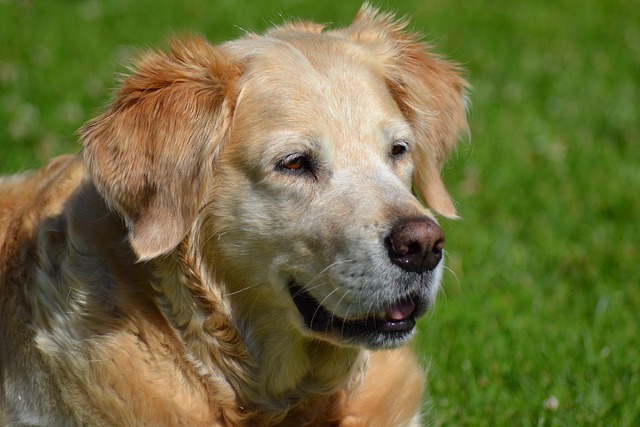
I sat with my friend Jesse on his Arizona patio last Tuesday, where his 1-year-old Beagle, Buddy, lay listlessly by the water bowl—Jesse held up a soiled paper towel, sighing.
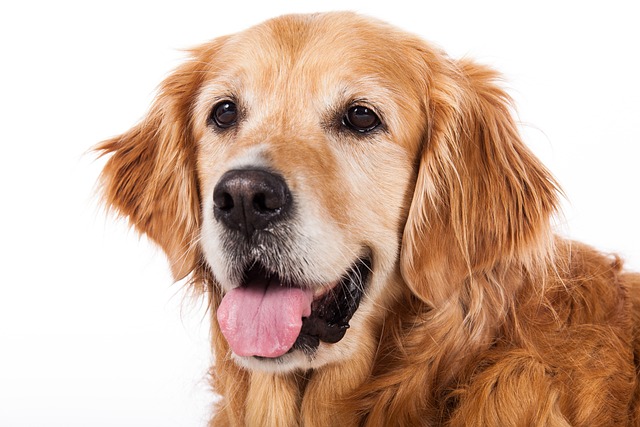
I sat with my friend Alex on his porch last weekend, watching his 18-month-old Border Collie, Charlie, scratch at his paws until they turned pink

When you notice your dog coughing more than usual after a walk in the park, or hear a wheezy sound when they curl up to sleep, it could be a sign of kennel cough—a condition vets see more than any other respiratory issue in dogs.
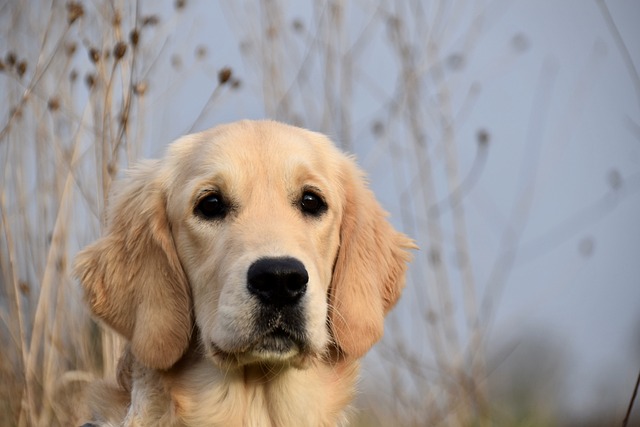
I sat with my friend Jamie on her kitchen floor last week, staring at her 3-year-old Lab mix, Max, who’d turned up his nose at his favorite chicken kibble
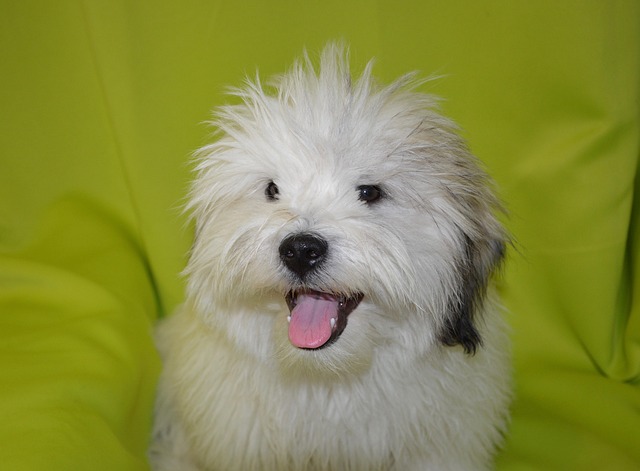
Caring for a dog means staying alert to small changes in their health, and skin issues are some of the most common signs something might be off.